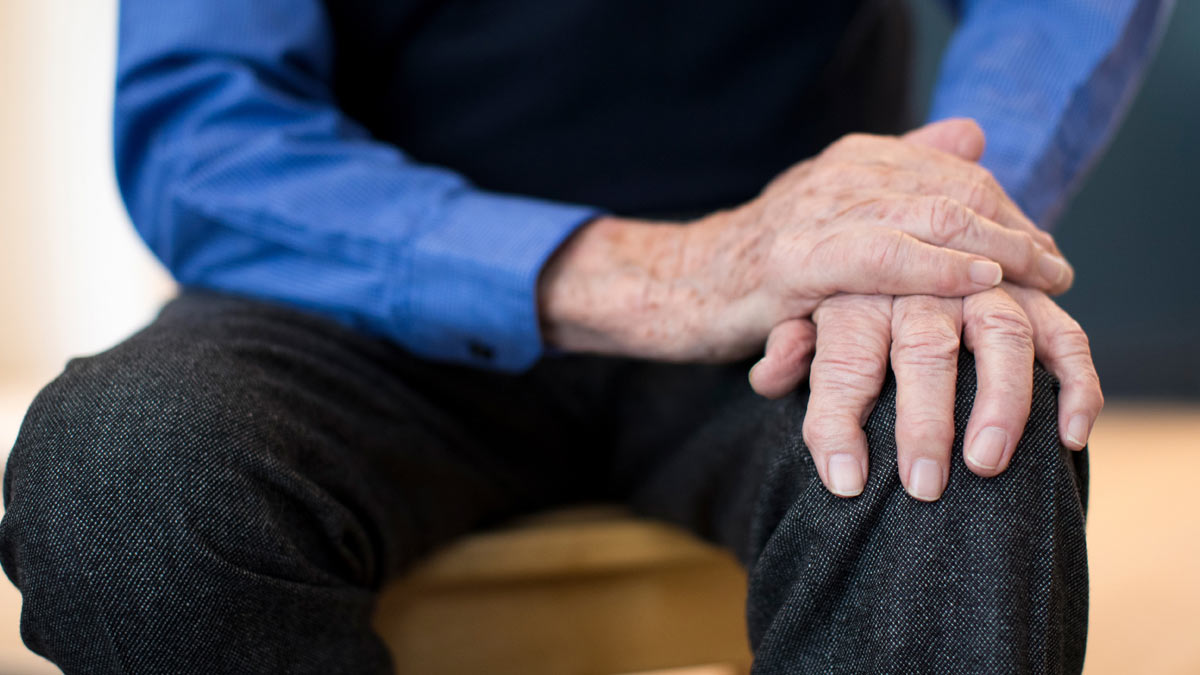Parkinson’s disease is an insidious culprit, “sneaking up” on an estimated 200,000 Americans every year, most of them over the age of 50, often after silently attacking important areas of the mid-brain. Dr. Timothy Murphree of the Spartanburg Rehabilitation Institute observed that: “When an individual has Parkinson’s disease, vital nerve cells in the brain – neurons – malfunction and die.”
According to Dr. Murphree, “some of these dying neurons produce dopamine, a chemical that sends messages to the part of the brain that controls the body’s movements and coordination.”
The amount of dopamine decreases as Parkinson’s disease progresses, which results in a number of difficulties for the patient, ranging from mild to severe. Symptoms include noticeable resting tremors, usually in the hands or fingers. This can frequently be dismissed before diagnosis as caused by unrelated activities, ranging from old age to recent heavy physical exertion to the aftermath of a night on the town.
A more alarming symptom may be bradykinesia, or slow movement.
He (men are more likely than women to suffer from this disease) may take shorter steps, or drag his feet as he walks, along with some other noticeable changes in behavior. Painful muscle rigidity can occur in any part of the body, along with limited range of movement.
He may have difficulty with what are considered “automatic” movements, such as eye blinking, smiling or swinging the arms while walking. He may become stooped over, his handwriting may become smaller or he may speak more softly or slur.
Perhaps most alarming, some patients may experience delusions. To date, medical science has not discovered any cure for Parkinson’s disease. Because it leaves the patient outwardly “normal,” most sufferers are treated on an outpatient basis.
However, there is an important and viable alternative in Dr. Murphree’s Spartanburg practice.
“An individual treated through an inpatient facility is offered the latest in rehabilitative treatments through an interdisciplinary approach that provides the expertise of numerous health care professionals – physicians, physical therapists, occupational therapists, speech pathologists, dietitians, pharmacists, case managers, rehabilitation nurses and support staff,” Dr. Murphree said.
Moreover, he noted, “Members of the health care team work not only with the patient but also with family members and his physicians to develop a customized plan of care.”
At Spartanburg Rehabilitation Institute, the doctor observed, patients with Parkinson’s disease “are offered rehabilitative training on a 24-hour a day basis, increasing results in amplitude-based therapy for speech, physical and occupational needs; a comprehensive neuroplasticity-principled program that integrates research on rehabilitative, exercise and wellness; and a gait and balance training system that allows patients to practice physical therapy to help increase walking speed and improve balance.”
In Dr. Murphree’s view, inpatient treatment for Parkinson’s disease is an important tool not just to provide maximum assistance to the patient but to take a significant portion of the workload off the shoulders of the caregivers.
“Caregiving can be a rewarding experience,” he said. “But it can also be stressful.”
Inpatient rehabilitation, on the other hand, takes much of the daily burden off the caregiver.
“Stop and pay attention to your own well-being. You can’t help your loved one with Parkinson’s disease if you’re not eating right, sleeping well, exercising and taking regular breaks,” Dr. Murphree concluded.
Visit www.sri.ernesthealth.com or call 864-594-9600 for more information.
By Bill Farley
